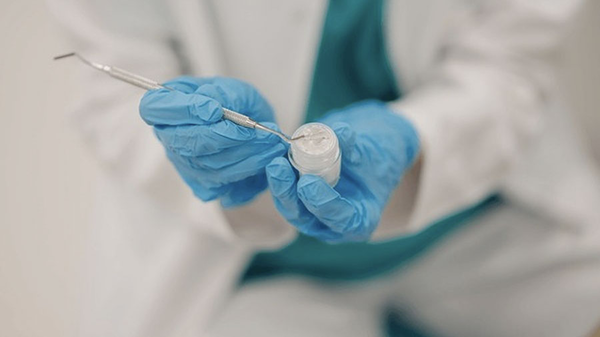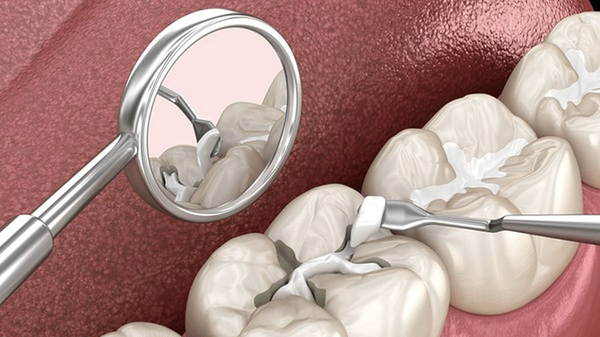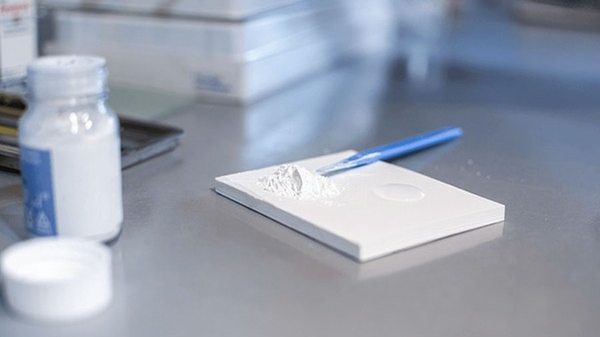Fluorapatite glass-ceramics (FGC) have become a cornerstone in modern dental materials, offering an optimal blend of aesthetics, bioactivity, and chemical durability. With fluorapatite (Ca₁₀(PO₄)₆F₂) as the primary crystalline phase, these materials closely mimic the appearance and performance of natural tooth enamel.
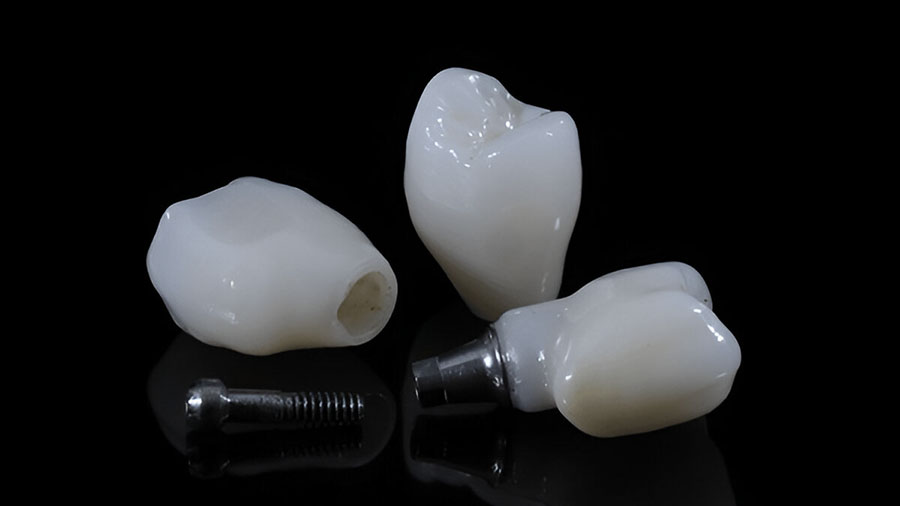
Table of contents [Show]
- Chemical Composition and Structure
- Crystallization Mechanisms
- Material Properties
- Processing Technologies
- Types & Commercial Systems
- Clinical Applications
- Bonding & Cementation
- Biocompatibility & Bioactivity
- Advantages
- Limitations
- Comparison with Other Dental Ceramics
- Quality Control & Characterization
- Current Research & Future Trends
- Regulatory & Standards
- Special Considerations
- Troubleshooting Guide
- Conclusion
Fluorapatite glass-ceramics (FGC) have become a cornerstone in modern dental materials, offering an optimal blend of aesthetics, bioactivity, and chemical durability. With fluorapatite (Ca₁₀(PO₄)₆F₂) as the primary crystalline phase, these materials closely mimic the appearance and performance of natural tooth enamel. Since their introduction in the 1990s, FGCs have been widely used in veneering ceramics, glazes, and CAD/CAM dental frameworks, addressing the growing demand for lifelike, durable, and biocompatible restorations.

Chemical Composition and Structure
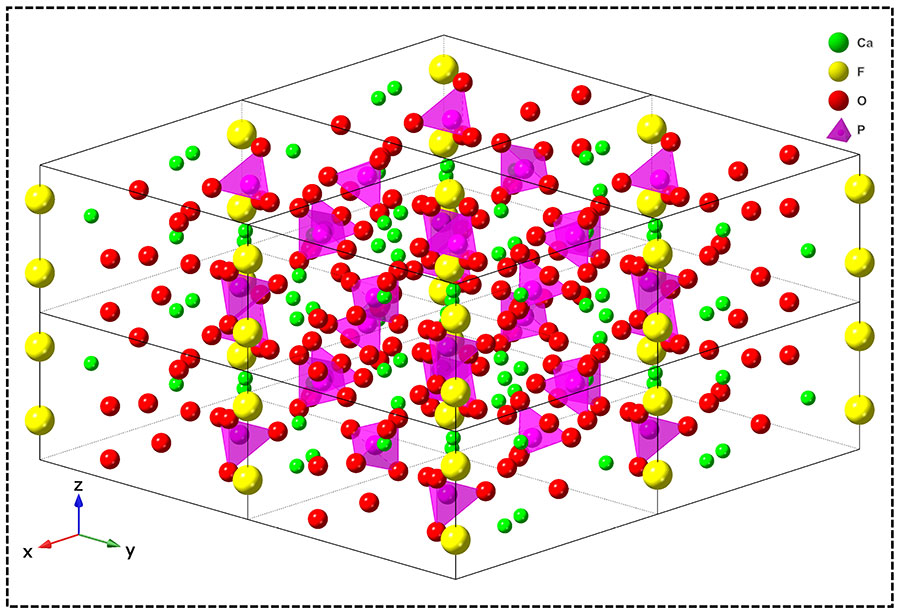
FGCs are engineered from a base glass matrix containing:
SiO₂, Al₂O₃, CaO, P₂O₅, CaF₂, Na₂O, K₂O, B₂O₃, MgO, ZrO₂, and TiO₂.
The core of their performance lies in the formation of nano-crystalline fluorapatite within the glass, resulting in:
Crystal sizes: 50–500 nm.
Crystal content: 30–70%.
Residual glass: 30–70%.
Secondary phases: Leucite, wollastonite, zirconia (for tailored properties).
Porosity: <1% in well-processed materials.
The hexagonal crystal structure of fluorapatite, with fluoride ions along the c-axis, imparts enhanced chemical resistance and optical properties.
Crystallization Mechanisms
FGCs are produced through controlled nucleation and crystal growth:
Nucleation agents: TiO₂, ZrO₂, P₂O₅.
Nucleation temperature: 450–650°C.
Crystal growth: 650–850°C, diffusion-controlled, with aspect ratio evolution for optimal translucency.
Controlled processing (multi-stage heating, atmosphere control, precise cooling) ensures a strong, stable microstructure and prevents defects like devitrification or porosity.
Material Properties

Mechanical
Flexural strength: 80–180 MPa.
Compressive strength: 300–500 MPa.
Fracture toughness: 0.9–1.8 MPa·m^0.5.
Elastic modulus: 60–90 GPa.
Wear resistance: Moderate to good.
Optical
Translucency: High, enamel-like.
Refractive index: 1.63–1.65.
Opalescence & fluorescence: Life-like, customizable.
Color stability: Excellent.
Chemical & Thermal
Acid resistance: Superior to feldspathic and leucite ceramics.
Fluoride release: Beneficial for caries prevention and remineralization.
Thermal expansion: 9–13 × 10⁻⁶/°C.
Thermal shock resistance: Good.
Processing Technologies
Conventional sintering: For veneering ceramics and glazes.
Heat-pressing: For precise frameworks and inlays.
CAD/CAM: Machinable blocks for digital workflows, requiring controlled crystallization and finishing.
Coating/glazing: For surface aesthetics and protection.
Types & Commercial Systems
Veneering ceramics: IPS e.max Ceram, VITA VM, Noritake, Creation, Vintage, Ceramco.
Glazing materials: Low-fusing, opalescent, bioactive glazes.
CAD/CAM blocks: Leucite-fluorapatite, hybrid, multilayer, and experimental nano-fluorapatite systems.
Clinical Applications
Veneering: Over metal, zirconia, alumina, lithium disilicate, and for implant restorations.
Glazing: Final, correction, and stain glazes for all ceramic types.
Monolithic: Thin veneers, inlays/onlays, anterior crowns in low-stress areas.
Special: Bioactive coatings, orthodontic brackets, bone substitutes, and tissue engineering scaffolds.
Bonding & Cementation
Surface treatment: Cleaning, HF etching or APF gel, silanization.
Cements: Resin, glass ionomer, resin-modified GI, self-adhesive resin.
Bond strengths: Shear (15–25 MPa), tensile (12–20 MPa), microtensile (18–30 MPa).
Interface: Hybrid layer (2–5 μm), chemical and mechanical bonding, long-term stability.
Biocompatibility & Bioactivity
Cytotoxicity: None detected.
Cell proliferation: Enhanced.
Fluoride, calcium, phosphate release: Supports remineralization and caries prevention.
Tissue response: Excellent gingival and bone compatibility, reduced bacterial adhesion.
Advantages
Aesthetics: Natural translucency, opalescence, color stability, chameleon effect.
Durability: Acid and corrosion resistance, low solubility, fluoride stability.
Processing: Lower firing temperatures, predictable crystallization, versatile methods.
Clinical: Biocompatibility, wear compatibility, high polish, repairability, longevity.
Limitations
Mechanical: Moderate strength, low toughness, potential chipping in thin sections.
Processing: Sensitive to firing and cooling, color matching requires skill.
Clinical: Best for veneering, not for high-stress monolithic applications.
Cost: Premium material, technique sensitive.
Comparison with Other Dental Ceramics
Property | Fluorapatite | Feldspathic | Leucite | Lithium Disilicate | Zirconia |
| Flexural Strength (MPa) | 80–180 | 80–120 | 100–200 | 350–500 | 900–1200 |
| Translucency | High | High | Moderate | High | Moderate |
| Bioactivity | Yes | No | No | No | No |
| Main Use | Veneering | Veneering | Veneering | Monolithic/Veneer | Core |
Quality Control & Characterization
XRD, SEM/TEM, DSC: For phase, structure, and thermal analysis.
Mechanical tests: Flexural, hardness, toughness, wear, fatigue.
Optical tests: Color, translucency, opalescence, fluorescence.
Biological tests: Cytotoxicity, ion release, cell attachment.
Current Research & Future Trends
Nanostructured FGCs: Improved strength and bioactivity.
Bioactive enhancements: Ion-doped, antibacterial, drug-releasing ceramics.
Processing innovations: 3D printing, sol-gel, spark plasma sintering.
Digital integration: AI-driven design, personalized ceramics, virtual testing.

Regulatory & Standards
ISO 6872, 9693, 10993, 11405.
FDA, CE, ASTM compliance.
Batch consistency, color matching, mechanical property standards.
Special Considerations
Sustainability: Moderate energy, low waste, green chemistry potential.
Economics: Premium but durable, good long-term investment.
Education: Material science, clinical skills, research innovation.
Troubleshooting Guide
Devitrification: Control firing temperature.
Bubbling/cracking: Adjust heating/cooling rates.
Bonding issues: Ensure proper surface prep.
Aesthetic mismatch: Refine firing protocol.
Conclusion
Fluorapatite glass-ceramics are at the forefront of aesthetic and bioactive dental restorations. Their ability to combine natural beauty, controlled fluoride release, and excellent biocompatibility makes them ideal for veneering and specialty applications. With ongoing research into nanostructuring, processing, and digital integration, FGCs will continue to evolve—meeting the future needs of dental professionals and patients alike.
XDENT LAB leverages these advanced materials and processes, ensuring U.S.-standard quality and consistency for dental practices worldwide through our lab-to-lab full service.
XDENT LAB is an expert in Lab-to-Lab Full Service from Vietnam, with the signature services of Removable & Implant, meeting U.S. market standards – approved by FDA & ISO. Founded in 2017, XDENT LAB has grown from local root to global reach, scaling with 2 factories and over 100 employees.. Our state-of-the-art technology, certified technicians, and commitment to compliance make us the trusted choice for dental practices looking to ensure quality and consistency in their products.
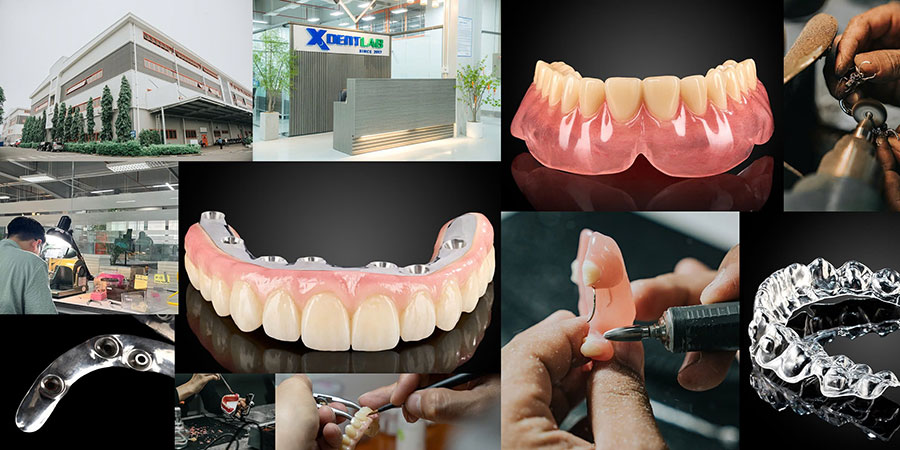
Our commitments are:
100% FDA-Approved Materials.
Large-Scale Manufacturing, high volume, remake rate < 1%.
2~3 days in lab (*digital file).
Your cost savings 30%.
Uninterrupted Manufacturing 365 days a year.
Contact us today to establish a strategy to reduce operating costs.
--------❃--------
Vietnam Dental Laboratory - XDENT LAB
🏢 Factory 1: 95/6 Tran Van Kieu Street, Binh Phu Ward, Ho Chi Minh City, Vietnam
🏢 Factory 2: Kizuna 3 Industrial Park, Can Giuoc Commune, Tay Ninh Province, Vietnam
☎ Hotline: 0919 796 718 📰 Get detailed pricing
Share this post:

